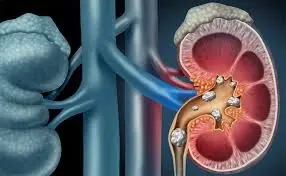
Scientists Found The Hidden Factor Behind the Global Infertility Crisis, And It’s Terrifying
In recent years, the world has witnessed an alarming decline in fertility rates — not just in isolated regions, but across continents. Countries from Japan to the United States, South Korea to Italy, are seeing record-low birth rates. For millions of couples, starting a family has become a heartbreaking struggle marked by failed tests, invasive procedures, and unanswered questions.
But new research is uncovering a disturbing hidden culprit: microplastics — tiny, invisible fragments of plastic that have quietly invaded every corner of the planet… and now, the human body.
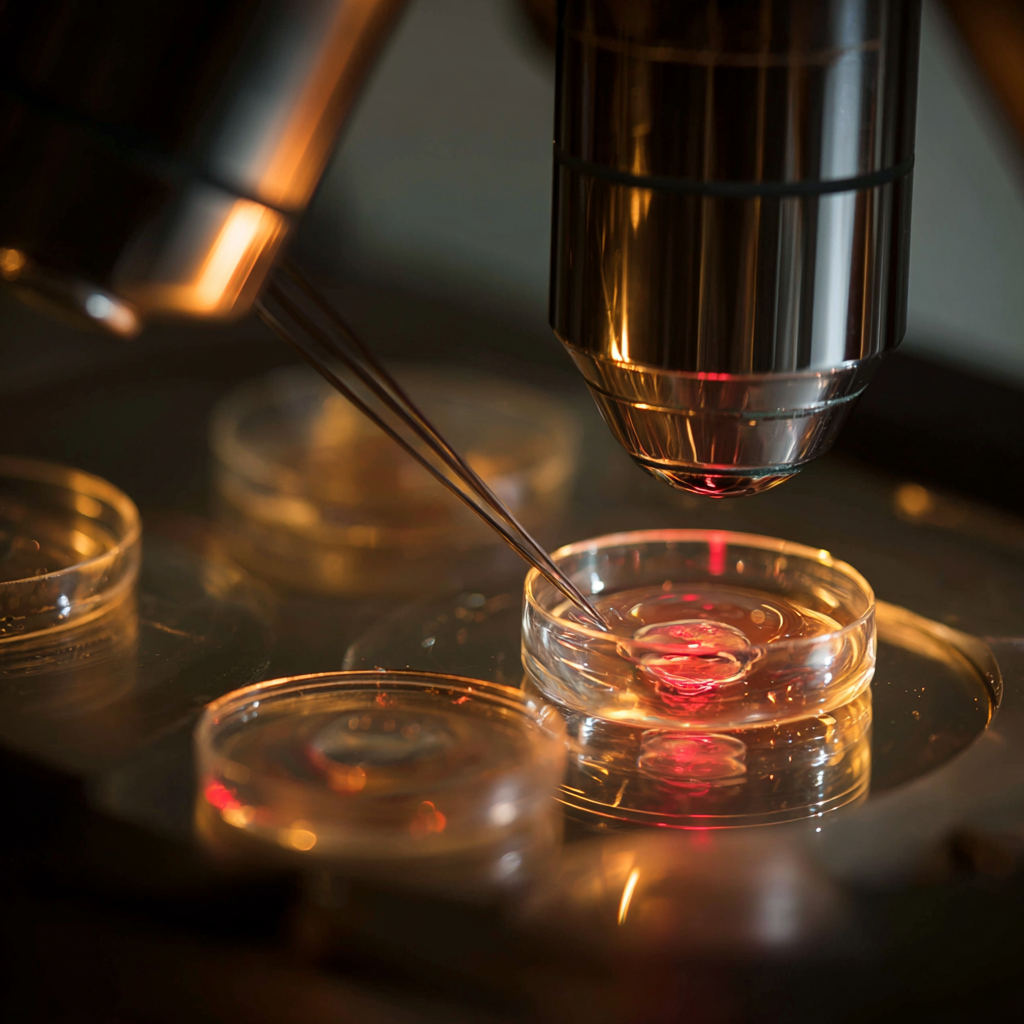
Microplastics Found in Human Semen and Testes
A groundbreaking study published in 2023 in Toxicological Sciences sent shockwaves through the scientific community: microplastics were found in the human male reproductive system for the first time, specifically in semen and testicular tissue samples.
Researchers identified multiple types of plastics, including polyethylene (PE), polystyrene (PS), and PVC, all commonly found in packaging, plastic bottles, and synthetic clothing. These particles were not just present — they were embedded inside tissues, suggesting prolonged and possibly permanent exposure.
This study builds upon similar findings in animals, where microplastics have been shown to decrease sperm motility, reduce testosterone production, and even cause testicular atrophy in lab mice.
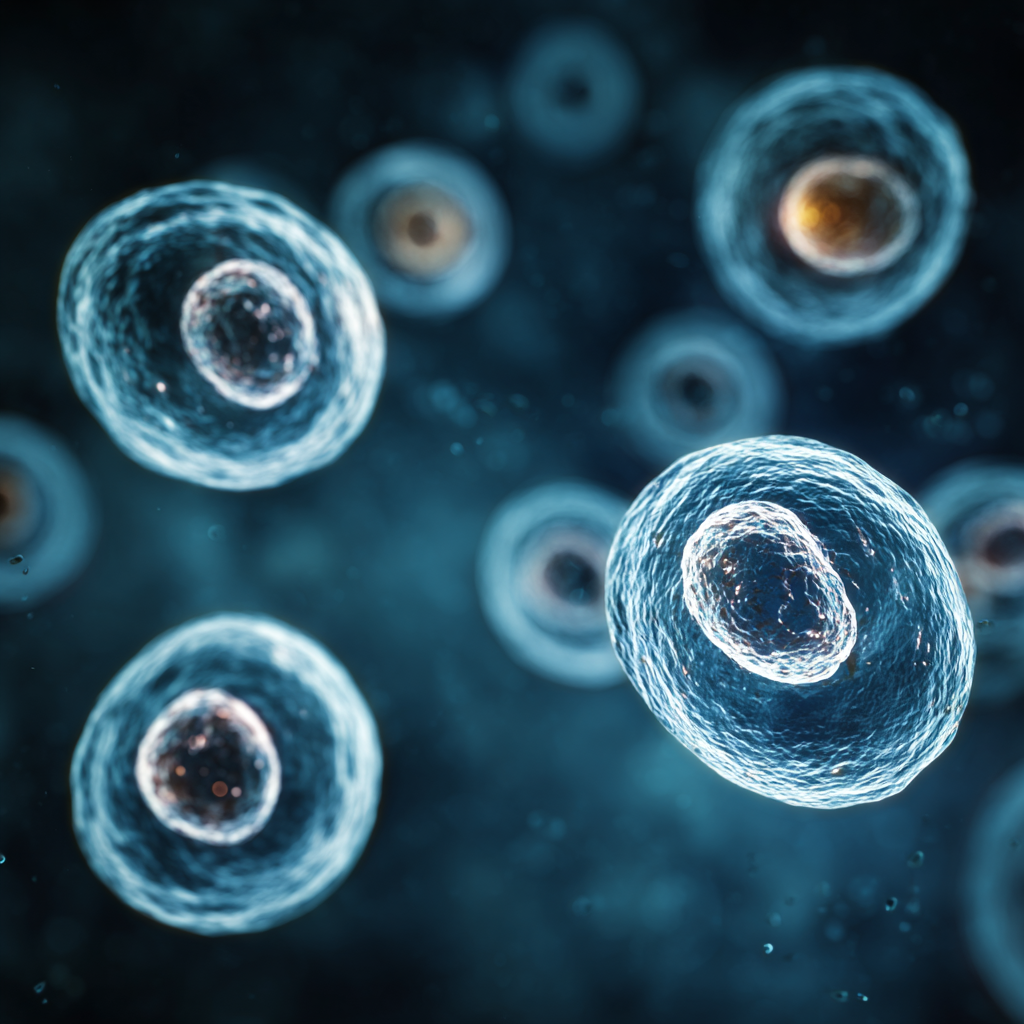
A Global Decline in Sperm Counts
In 2022, a major meta-analysis published in the journal Human Reproduction Update revealed that global sperm counts have dropped more than 50% over the past 50 years — and the decline is accelerating.
While factors like obesity, stress, and sedentary lifestyles have long been blamed, they can’t fully explain such a drastic drop across populations. Scientists now suspect that environmental pollutants — especially microplastics and endocrine-disrupting chemicals — may be silently sabotaging male fertility.
How Do Microplastics Impact Fertility?
Microplastics don’t just sit harmlessly in the body — they act like chemical sponges, absorbing toxic compounds like phthalates, BPA, and heavy metals, which are known endocrine disruptors.
When these particles enter the bloodstream or reproductive tissues, they can:
- Disrupt hormone regulation (especially estrogen and testosterone)
- Trigger oxidative stress, damaging sperm DNA
- Inflame reproductive tissues, leading to poor sperm production or even infertility
For women, studies suggest microplastics may interfere with ovulation, hormone cycles, and embryo implantation — though more research is needed in that area.
How Are We Exposed?
Microplastics are everywhere:
- In bottled water (studies found over 90% of brands contain plastic particles)
- In food packaging and containers
- In the air, especially indoors, where fibers from synthetic clothes and carpets float unnoticed
- In seafood, where ocean plastics bioaccumulate in marine animals and work their way up the food chain
In one study from 2022, microplastics were even found in human blood for the first time.
We’re inhaling them. We’re eating them. And now, it seems, they’re interfering with our ability to reproduce.
Not Just a Health Crisis — A Generational One
Experts warn that this isn’t just a medical issue — it’s a global generational emergency.
“If current trends continue,” says environmental toxicologist Dr. Shanna Swan, “we may be heading toward a future where a large portion of the population needs assisted reproduction — or cannot conceive at all.”
She emphasizes that while lifestyle changes matter, cleaning up our environment and reducing plastic exposure must become urgent global priorities.
What Can You Do?
While microplastics are impossible to avoid completely, here are steps you can take to reduce your exposure:
- Drink filtered tap water instead of bottled water
- Avoid reheating food in plastic containers
- Choose natural fabrics over synthetics like polyester
- Use glass or stainless-steel containers for food storage
- Ventilate your home regularly and vacuum with HEPA filters
Final Thoughts
What was once seen as harmless convenience — a plastic bottle, a food wrapper, a synthetic t-shirt — is now haunting our biology in ways we never imagined.
The infertility epidemic is complex, no doubt. But the discovery of plastic inside our most sacred and delicate tissues should be a wake-up call to everyone: what we throw away never really goes away.
It returns to us — in our blood, our breath, and perhaps, our unborn children.
News in the same category

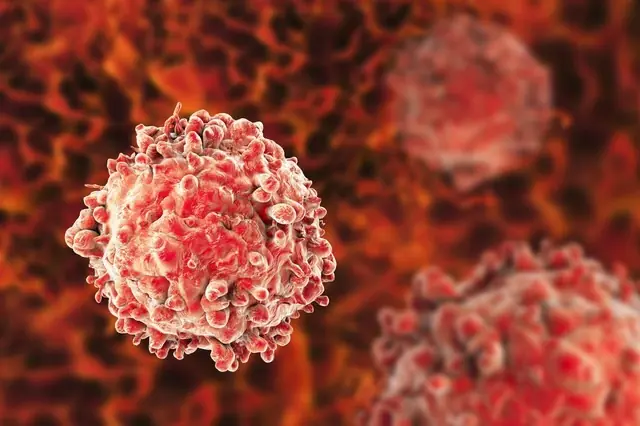
People with Cancer Often Share 8 Morning Signs—Especially Clear After Age 40
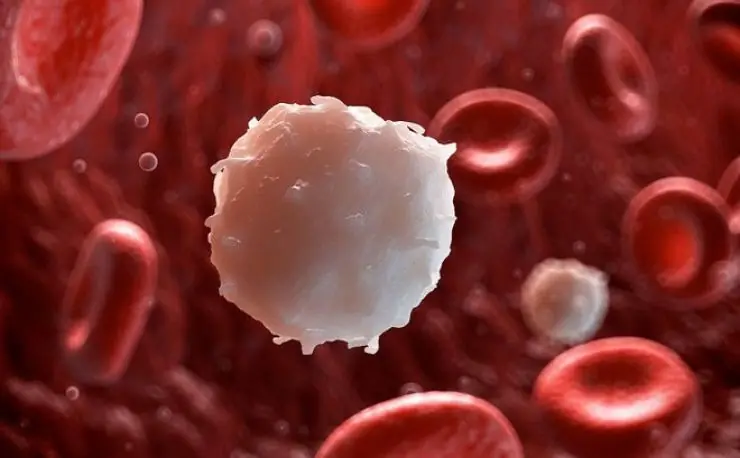
5 Foods That Tumors Hate: Eat These Often for Better Health
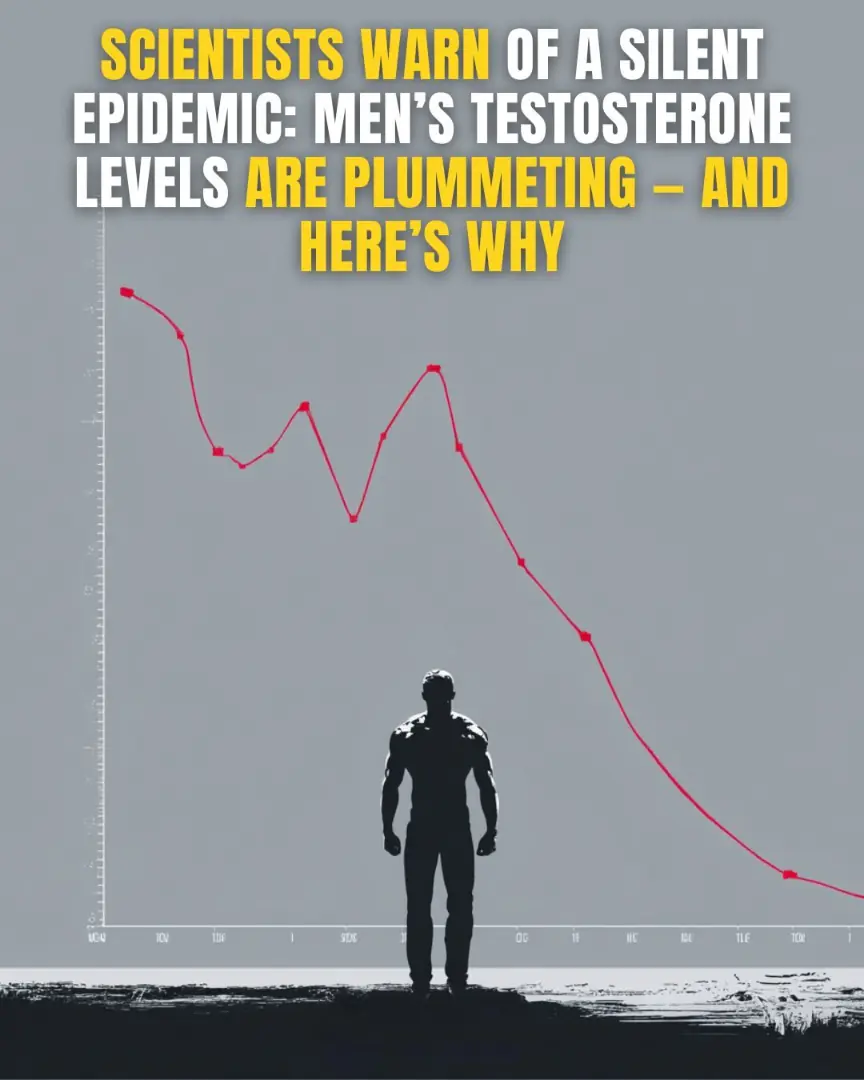
Scientists Warn of a Silent Epidemic: Men’s Testosterone Levels Are Plummeting — And Here’s Why

🍵 The Quiet Power of Cinnamon Tea: A Simple Sip for Natural Balance
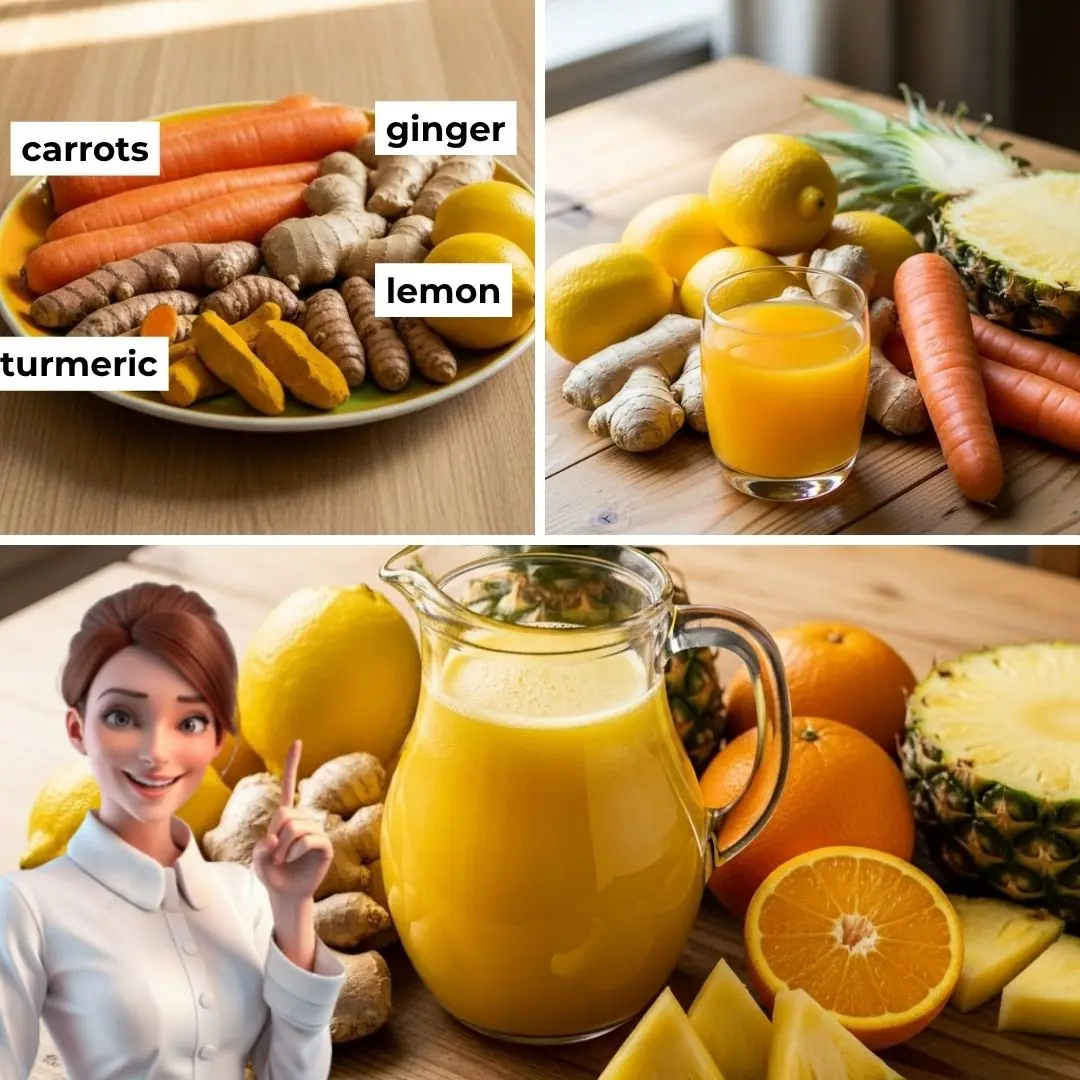
How to Make the Perfect Pineapple, Turmeric, Carrot, and Lemon Juice: Your Ultimate Homemade Immune Boost Drink

16 Warning Signs Your Blood Circulation is Poor and How to Improve It (Evidence-Based)

Simple Cloves and Ginger Recipe for Wellness

Nature’s Candy Unleashed: The Jaw-Dropping Health Hacks of Dates You NEED to Know!

Banish Throat Mucus: Effective Home Treatments for a Clearer Throat (Evidence-Based)
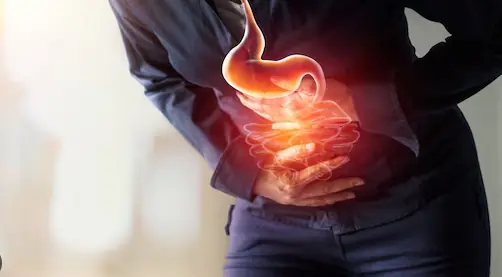
Beat the Bloat: 8 Common Causes of Abdominal Bloating and Evidence-Based Solutions

Doctor Frank Suárez's Natural Recipe: Eliminate Diabetes, Poor Circulation, Fatty Liver, Pancreas Problems, High Blood Pressure, Knee Pain, and Even Cancer

Juniper (Juniperus communis): Benefits and Uses

4 Common Habits You Must Change Immediately When Using Air Conditioning to Protect Your Respiratory Health
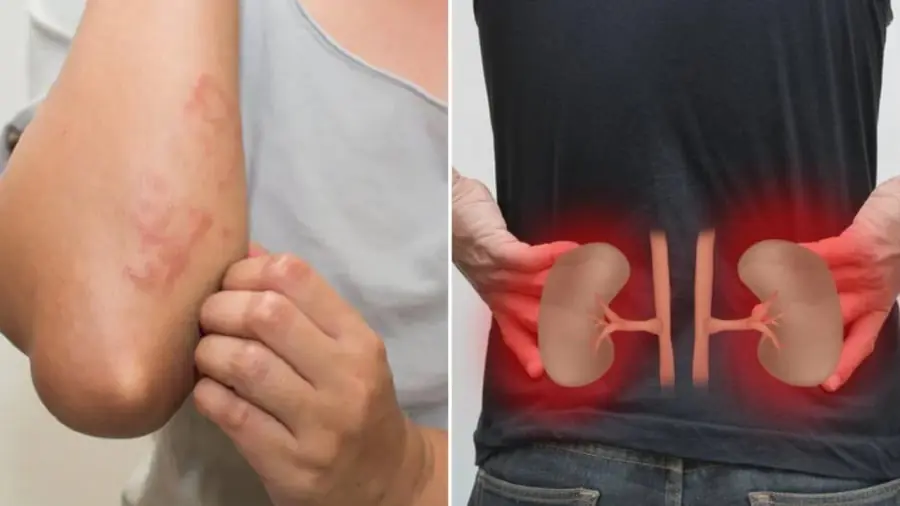
If Your Body Shows These 5 Signs, It Could Be a Warning of Kidney Disease or Impending Kidney Failure
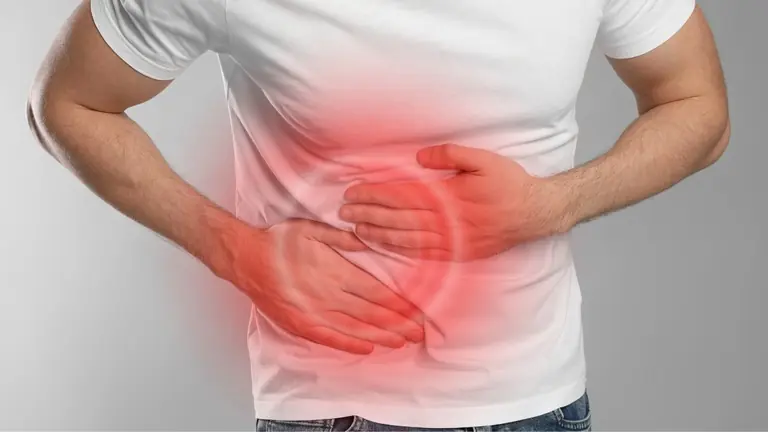
"2 Pains and 1 Yellow” – Warning Signs That Silent Liver Cancer Is Progressing: Being Negligent May Cost Your Life

Warning: Your Sushi Might Carry a Japanese Tapeworm – What You Need to Know About Salmon Safety
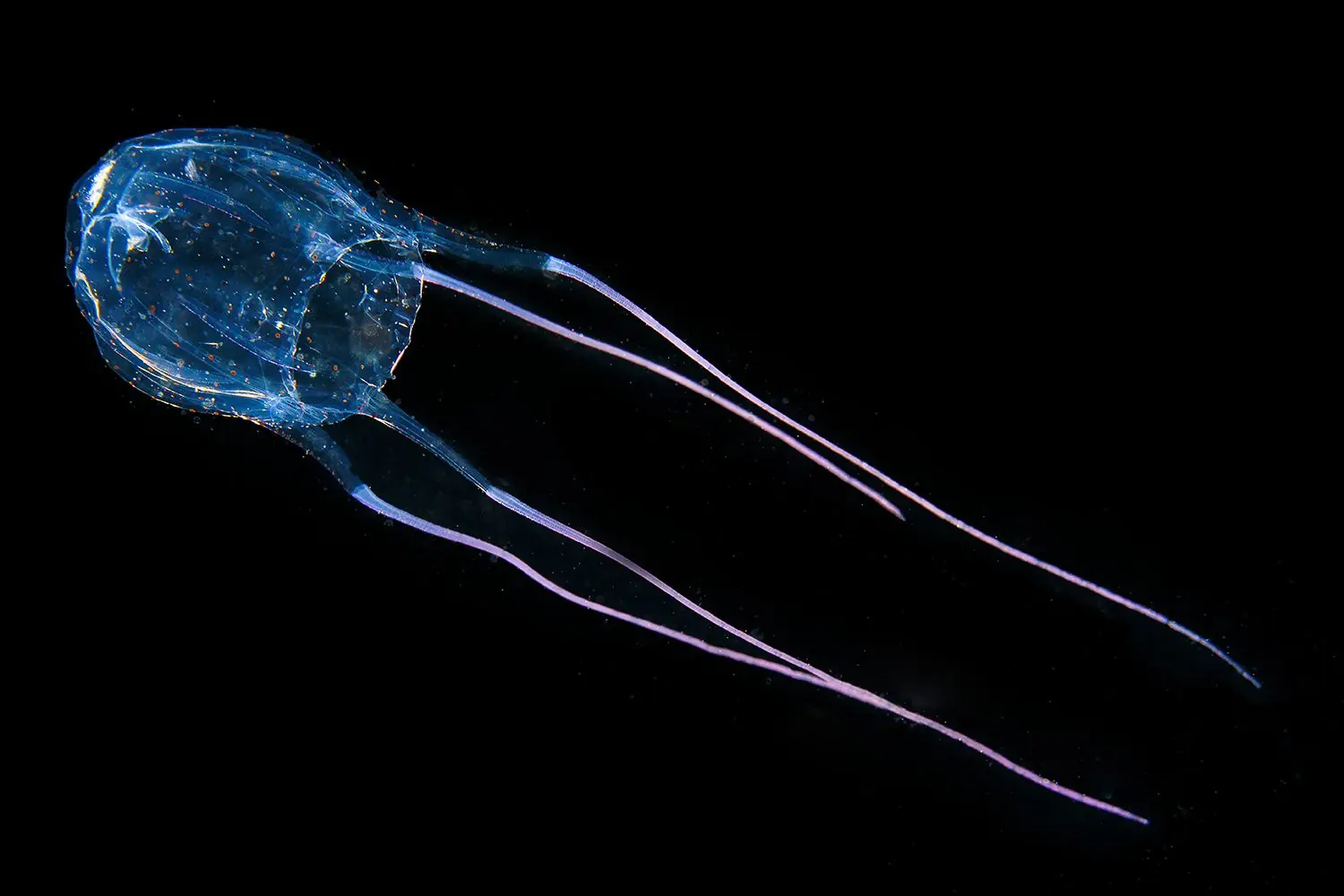
Travel Influencer Unknowingly Films Terrifying Encounter with World's Deadliest Jellyfish
News Post

Here’s Why Cabin Crew Sits On Their Hands During Take Off and Landing

Surprising Reasons Why You Should Spread Salt
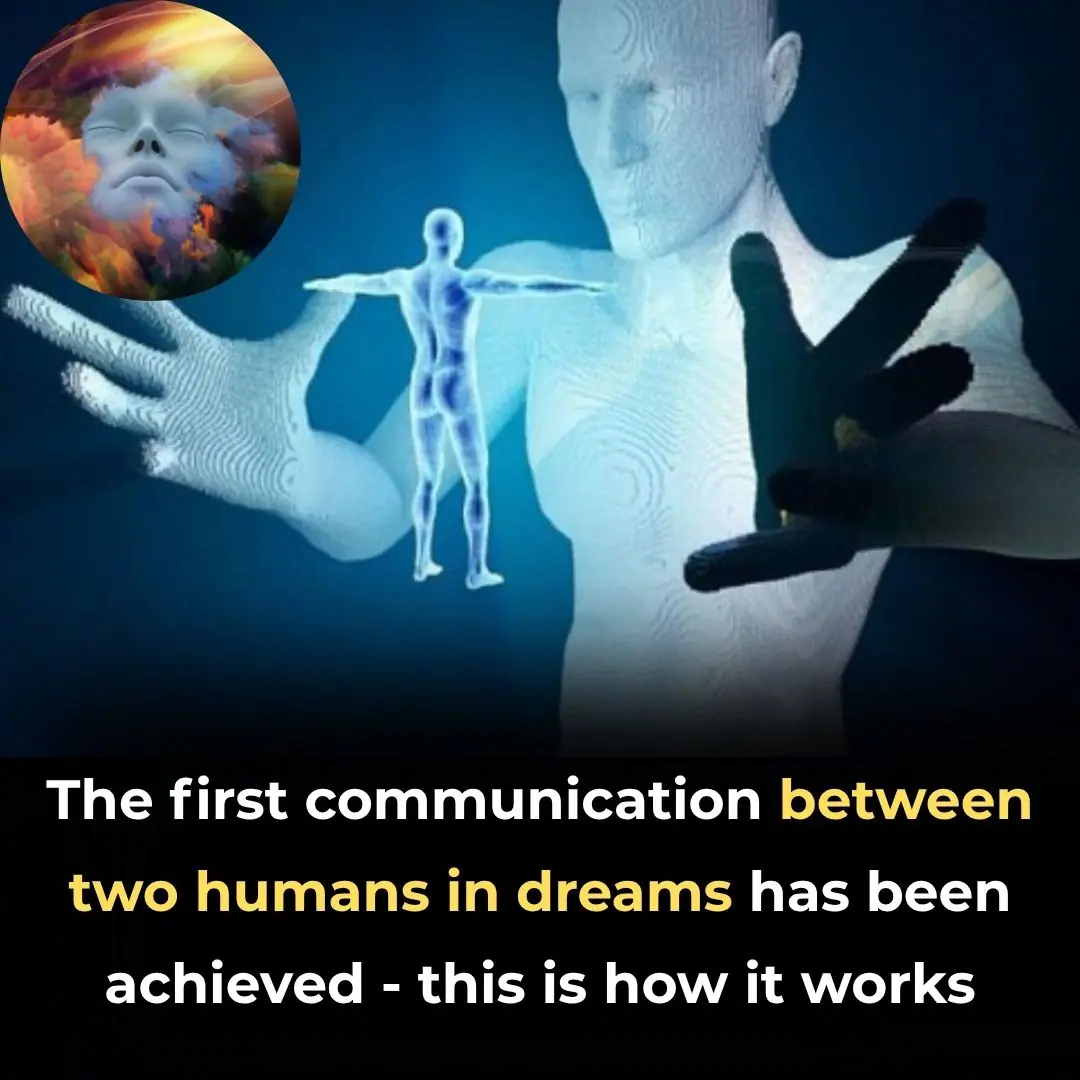
The First Communication Between Two Humans in Dreams Has Been Achieved – This Is How It Works

Am I Wrong for Cutting Off My Daughter’s Friends and Pulling Her from Soccer Camp?
A father decides to pull his daughter from soccer camp and cut her ties with two friends he deems "ghetto," but when family pressures him to reconsider, he starts questioning his actions. Is he wrong?

AI Is Set to Replace 41% of Jobs in the Next Five Years

MY HUSBAND CANCELED OUR DREAM VACATION FOR HIS MOTHER - MY REACTION WENT VIRAL!
“No, I’m going to Thailand, not to your mom’s garden beds,” I refused to go to the dacha, and my husband got offended.

The Miracle Child: The Baby Who Changed Everything at Saint Thorn Medical Center
A mysterious baby born with an unusual heartbeat starts to change the lives of everyone around him. From medical staff to nurses, his presence brings hope, awe, and a chilling sense of wonder.

The Dress That Could Make or Break My Career – And Why I Said No to My Niece’s “Special” Gift
A career-driven woman refuses her niece's offer to sew her a dress for a big event, leading to family tension. Is she being too harsh, or is her decision about professionalism and self-respect?

RELATIVES OVERSTAY THEIR WELCOME – BUT WHAT THEY DISCOVER IN GRANDMA'S HOUSE WILL CHANGE EVERYTHING!
— You’ve been coming to stay in my house for the third month now, maybe that’s enough? — I couldn’t hold back, looking at the relatives’ suitcases.

The boss’s daughter got a job as a cleaning lady to uncover the director’s scams

When Family Dynamics Clash: The Birthday Cake Dispute
A woman stands her ground over her daughter's birthday cake, facing pressure from her sister-in-law and family. Will she keep her decision, or choose peace over principle?

MY FIANCÉE M0CKED MY DE@D MOTHER AT OUR REHEARSAL DINNER - WHAT I DID NEXT CANCELED THE WEDDING
I'm 33, and until recently, I was engaged to Lydia, a woman I honestly thought I'd spend the rest of my life with. I met her about six years ago through mutual friends at a cookout. She had this great smile, was quick with a joke, and we just clicked.

Study Reveals: Your Body Remembers Trauma, Even After the Mind Has Let Go

Revenge Ink: How I Taught My Fiancé and His Mother a Lesson They'd Never Forget
When my fiancé’s mother told him to leave me for a richer woman, I devised the perfect plan for a dramatic and unforgettable revenge. Here’s how I got back at them with a lesson they’ll never forget.

Man Sentenced After Stowing Away On 120 Flights By Masquerading As Flight Attendant

5 Drinks That Can Help Dissolve Kidney Stones and Aid Easy Elimination

People with Cancer Often Share 8 Morning Signs—Especially Clear After Age 40

5 Foods That Tumors Hate: Eat These Often for Better Health

People Stunned After Learning The True Meaning Behind ‘SOS’ — It’s Not What You Think
